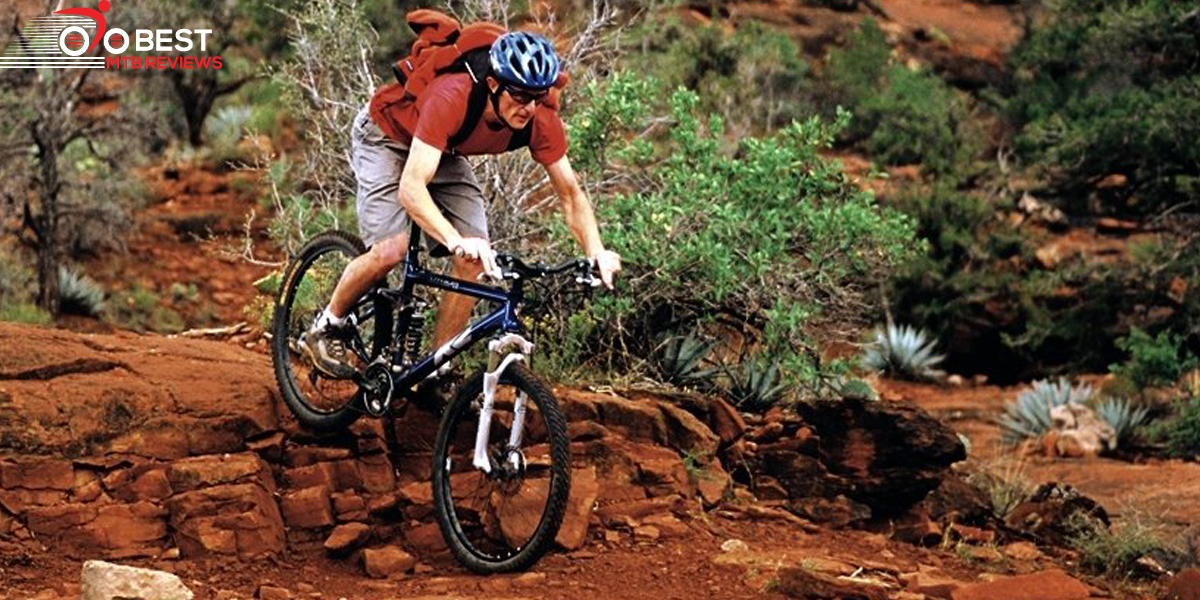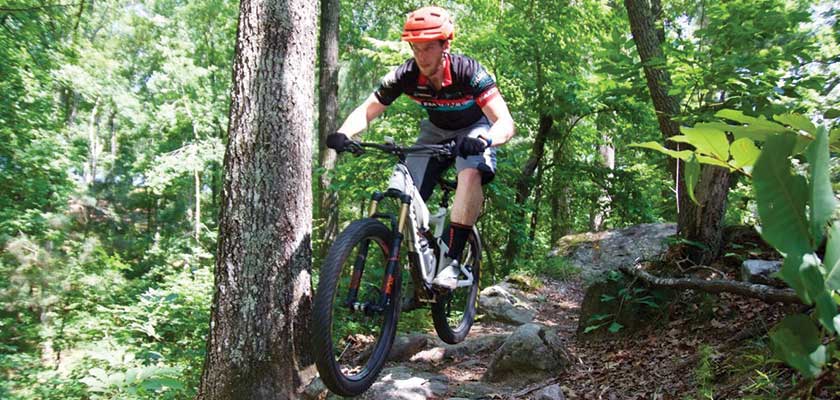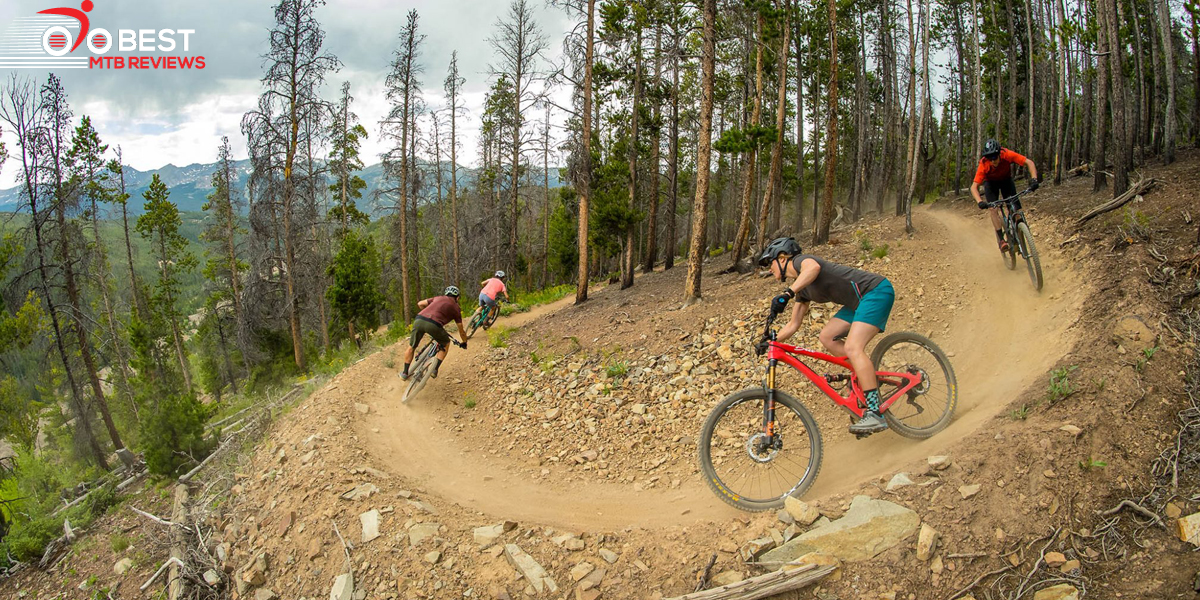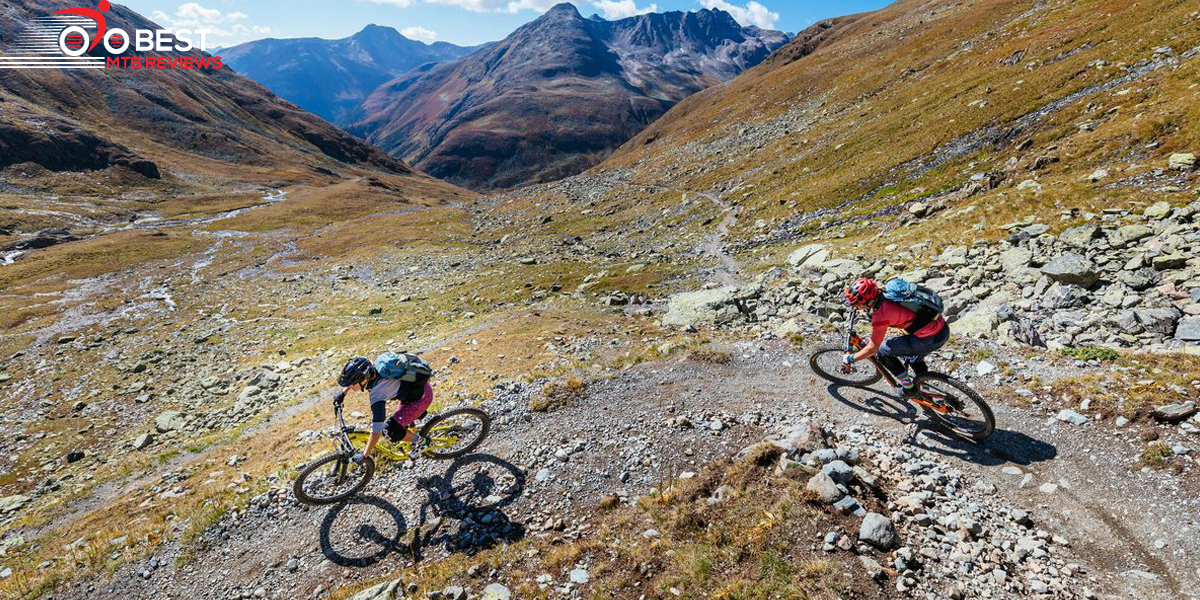The Essential Mountain Bike Riding Techniques

You needn’t bother with mountains to go mountain biking. Pretty much any off-pavement riding will reward you with natural air, great exercise and—if slopes or ridges are available—the exhilaration of beautiful perspectives and long downhill stretches.
Mountain biking requires some unexpected aptitudes in comparison to road cycling. This article shares basic techniques to enable you to begin.
Body Position:
Perhaps an essential key to fruitful mountain biking is your body position. Mountain bicycle trail surfaces incorporate rocks, roots, grooves, sand or mud. The variable terrain and the vital obstacles are all part of the fun yet can be alarming to learners. Being in the correct body position causes you to get past precarious areas of the trail.
There are 2 primary body positions: Neutral and Ready.
1. Neutral Position:
When you’re riding non-technical areas of the trail, you want to be in a neutral position on the bicycle. This keeps you moving along productively and comfortably while allowing you to transition into the ready position for technical terrain easily. The neutral position incorporates:
- Equitably weighted level pedals.
- A slight twist in the knees and elbows.
- Forefingers on the brake switch 100% of the time.

2. Ready Position:
At the point when the trail gets more extreme or rockier, it’s an excellent opportunity to move into the ready position. The inclined place gets you mentally and physically prepared to take on technical segments of the trail. The available area incorporates:
- Equally weighted level pedals.
- A profound curve in the knees and elbows.
- Rear end off the seat and hips moved back.
- Your back is to flat and nearly parallel to the ground.
- Pointers on the brake switch 100% of the time.
- Adjusting Your Seat Position.
Positioning your seat appropriately can enable you to get in the right body position for climbing and diving.
Moving:
For climbing, position your seat for maximum effectiveness while pedaling. With your foot at the base of the pedal stroke, you should see a slight curve in the leg, reaching about 80-90 % of full leg augmentation. This causes you to pedal effectively and capably utilizing your major leg muscles.
Slipping:
When it’s an excellent opportunity to slide, drop your seat about 2 or 3 creeps from the tallness you set it at for climbing slopes. Bringing down your place brings down your focal point of gravity, which gives you better control and more certainty through soak drops.
Picking a Line:
Graphic of mountain biker picking a line A fledgling’s mistake is taking a gander at spots you want to avoid rather than concentrating on where you want to go. Pick a path and stick to it to get over and around dubious areas of the trail.
What hazards would it be a good idea for you to search for? That relies upon your ability level. Generally, search for free shakes, deep sand, water, wet roots, records, and different cyclists, climbers, and animals.
To discover your line: scan ahead for hazards by looking about 15 – 20 ft. down the trail. At that point, move your eyes back toward your tire. Doing this up-and-back action allows your eyes to take in loads of information. Knowing hazards ahead of time can enable you to adjust your balance and pick a line around them.
More information https://www.legitearth.com





